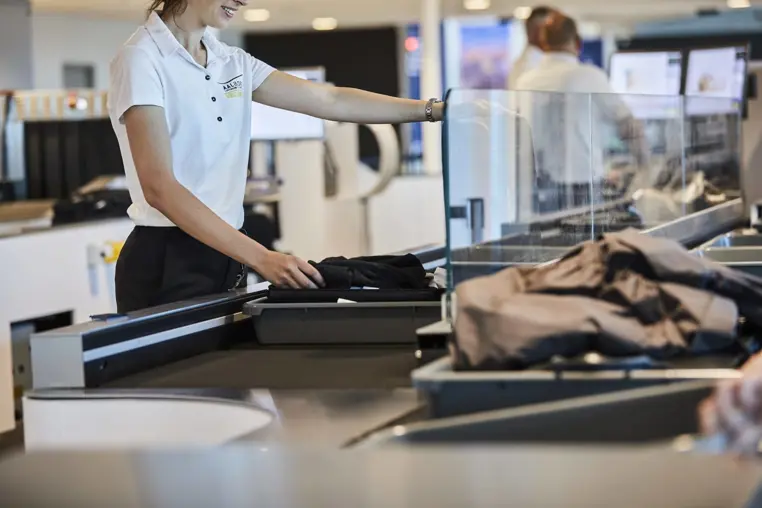The range of ECAC Explosives Detection Standards for Cabin Baggage EDS CB C1, C2 and C3 offers airports and security authorities the flexibility to choose different routes to compliance for their requirements, but all of the bring a level of automation to airports in addition to safety and a better passenger experience.
When deciding which standard is most appropriate for your airport, it is important to consider a variety of factors and daily challenges you face – the need for lower operational costs; increased security; improved passenger experience; future-proofing your investment and reducing the number of touchpoints at security – these benefits are especially important in light of COVID-19, as they help to reduce risk, while bringing much needed savings and efficiencies.
Considering these factors and challenges makes it possible to evaluate clearly the benefits offered by equipment operating at each of the different levels. The key is choosing the appropriate standard for your operation.
In this white paper, we compare the three standards, the automation benefits that come with each, and the factors that should be considered when identifying the most appropriate standard for your airport.

